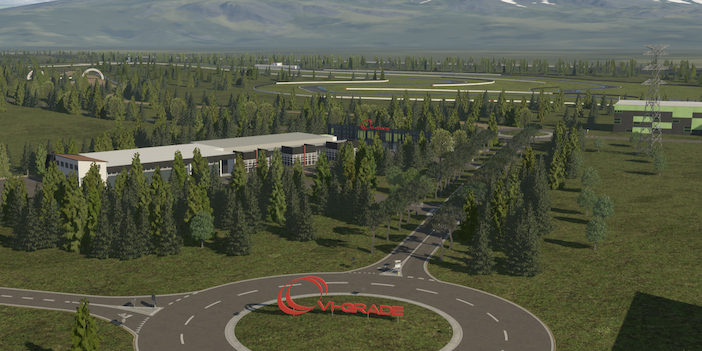VI-grade, a developer of human-centric simulation-driven vehicle development technologies, has launched the VI-grade Virtual Proving Ground for VI-WorldSim, a digital testing facility designed to meet the needs of automotive engineers and researchers.
The Virtual Proving Ground is integrated with VI-WorldSim, the company’s simulation software, allowing for seamless implementation into existing development workflows. The range of features and testing scenarios available within the Virtual Proving Ground are designed to reduce development times and costs while enhancing the overall quality and safety of vehicles.
Key features of the system include an 8.6km (5.3 miles) high-speed ring with four lanes and a maximum banking angle of 11 degrees, suitable for high-speed testing and aerodynamic evaluations.
There is also a 2 km (1.2 mile) stretch that can simulate both European and American highway conditions, enabling cross-market vehicle development.
Specialised testing areas in the system include ride lanes with various surface types, a 3.2 km (2 mile) handling track, a 1.15 km (0.7 mile) rally track, and a 2.4 km (1.5 mile) country road based on real-world laser scan data. There is also a dedicated area for Advanced Driver Assistance Systems (ADAS) evaluation, ideal for the development of autonomous and semi-autonomous vehicles.
Diverse road conditions can also be accessed, including ramps with varying gradients, event lanes with different surface irregularities, and specialised areas for split friction coefficient testing and wet condition simulations.
“The VI-grade Virtual Proving Ground represents a significative advancement in virtual vehicle development,” said Dave Bogema, senior director of product management at VI-grade. “By providing a comprehensive, highly realistic testing environment, we’re enabling our clients to push the boundaries of innovation while significantly reducing the time and resources typically required for physical prototyping and testing.”





